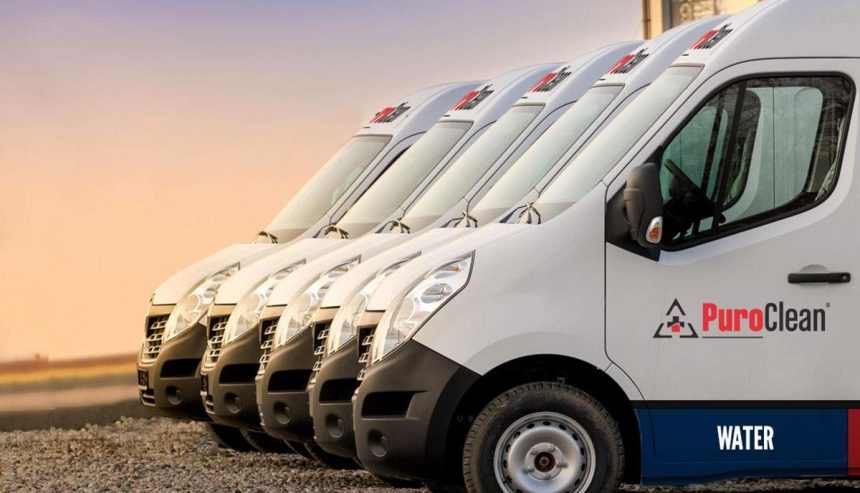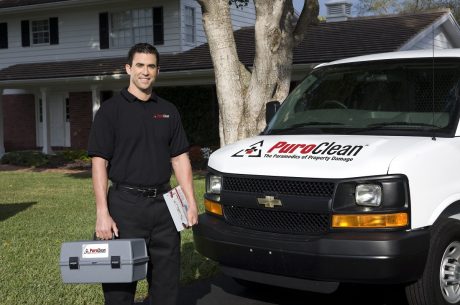Table of Contents
Introduction: Why Statistics Matter in the Restoration Industry
In a world increasingly shaped by climate change, aging infrastructure, and unexpected natural disasters, the property damage restoration industry has become more critical and more visible than ever before. Homeowners, insurers, commercial property owners, and policymakers all rely on data to make informed decisions.
That’s why understanding restoration industry statistics isn’t just helpful, it’s essential. In this blog post, we dive deep into the 2025 restoration industry outlook, backed by the latest market research, trends, and forecasts.
Industry Size & Growth in 2025
U.S. Restoration Market Overview
- The U.S. restoration industry has reached an estimated $7.1 billion in 2025, growing at a 4.5% CAGR since 2020.
- According to IBISWorld, the sector includes services like water damage cleanup, fire and smoke remediation, mold removal, and storm recovery.
- The number of businesses has grown by 2.8% per year, with over 35,000 companies now offering restoration services nationwide.
Global Forecasts
- The global disaster restoration market is expected to hit $55.5 billion by 2030, up from $42.9 billion in 2025, representing a 5.3% CAGR (Mordor Intelligence).
- North America remains the largest market, but Asia-Pacific and Europe are quickly catching up due to increasing flood risks and infrastructure modernization.
Breakdown by Damage Type
1. Water Damage Restoration
- Water damage accounts for nearly 30% of all homeowner insurance claims.
- 14,000 people in the U.S. experience a water damage emergency every day
- The average cost to repair water damage: $3,000 to $10,000+, depending on the severity and response time.
2. Fire & Smoke Damage
- According to the NFPA, U.S. fire departments responded to 1.3 million fires in 2023, causing $18 billion in damage.
- Residential fires caused over 2,600 civilian deaths and 11,000+ injuries annually.
- Fire damage cleanup involves both soot removal and odor mitigation each with specialized protocols.
3. Mold Remediation
- Over 50% of U.S. homes have detectable mold, often due to untreated moisture problems.
- Mold-related health issues account for increasing insurance scrutiny and lawsuits.
- The EPA recommends professional removal for mold outbreaks over 10 square feet.
4. Storm & Flood Damage
- FEMA reports a 25% increase in flood-related claims between 2020 and 2024.
- Storm-related damages now cost the U.S. economy over $100 billion annually, with hurricanes being the most destructive.
- Restoration costs post-hurricane or tornado range from $10,000 to $50,000+ for full structural and content cleanup.
Key Industry Challenges in 2025
Labor Shortages & Skilled Technician Gaps
- 45% of restoration firms report difficulties in recruiting skilled labor (Source: R&R Magazine).
- Many companies invest in on-the-job training programs and certifications like IICRC, OSHA, and EPA Lead Safety to develop workforce capacity.
Insurance Delays & Payout Pressures
- Insurance companies are tightening guidelines on what qualifies as a “covered” loss.
- Homeowners and businesses face longer claim processing times, sometimes delaying mitigation efforts—making damage worse.
Rising Operational Costs
- From chemical price hikes to equipment shortages, inflation has driven up the cost of doing business by 12% or more in some regions.
- Restoration firms now allocate a higher budget toward fleet fuel, subcontractors, and green-certified equipment.
Technology & Innovation Driving the Future
| Innovation | Benefits |
|---|---|
| Moisture mapping tools | Faster detection, less demolition |
| Thermal imaging cameras | Pinpoint hidden water or electrical risks |
| AI-powered inspection apps | Automate documentation & estimates |
| 360° virtual inspections | Allow adjusters and clients to assess remotely |
| IoT sensors | Early leak detection & real-time reporting |
PuroClean is already investing in technology that improves transparency, speeds up cleanup, and keeps clients informed in real time.
Environmental & Regulatory Trends
- The Green Restoration Movement is gaining traction, with firms adopting eco-friendly chemicals, recyclable PPE, and low-impact drying systems.
- Regulations such as EPA Clean Air Standards, Lead Paint Rules, and State Environmental Compliance Acts are reshaping operational practices.
- Sustainability is no longer optional it’s a competitive advantage.
Future Outlook: What’s Next?
- Increased weather volatility means more demand for emergency restoration.
- Smart homes and connected insurance will accelerate service dispatch and automation.
- Franchise consolidation is expected, with national players acquiring local firms for market dominance.
Final Thoughts
The restoration industry is growing fast but it’s also facing real pressure to evolve. Whether you’re tracking insurance trends, looking for career opportunities, or simply hoping to protect your home, knowing the stats helps you stay one step ahead.




